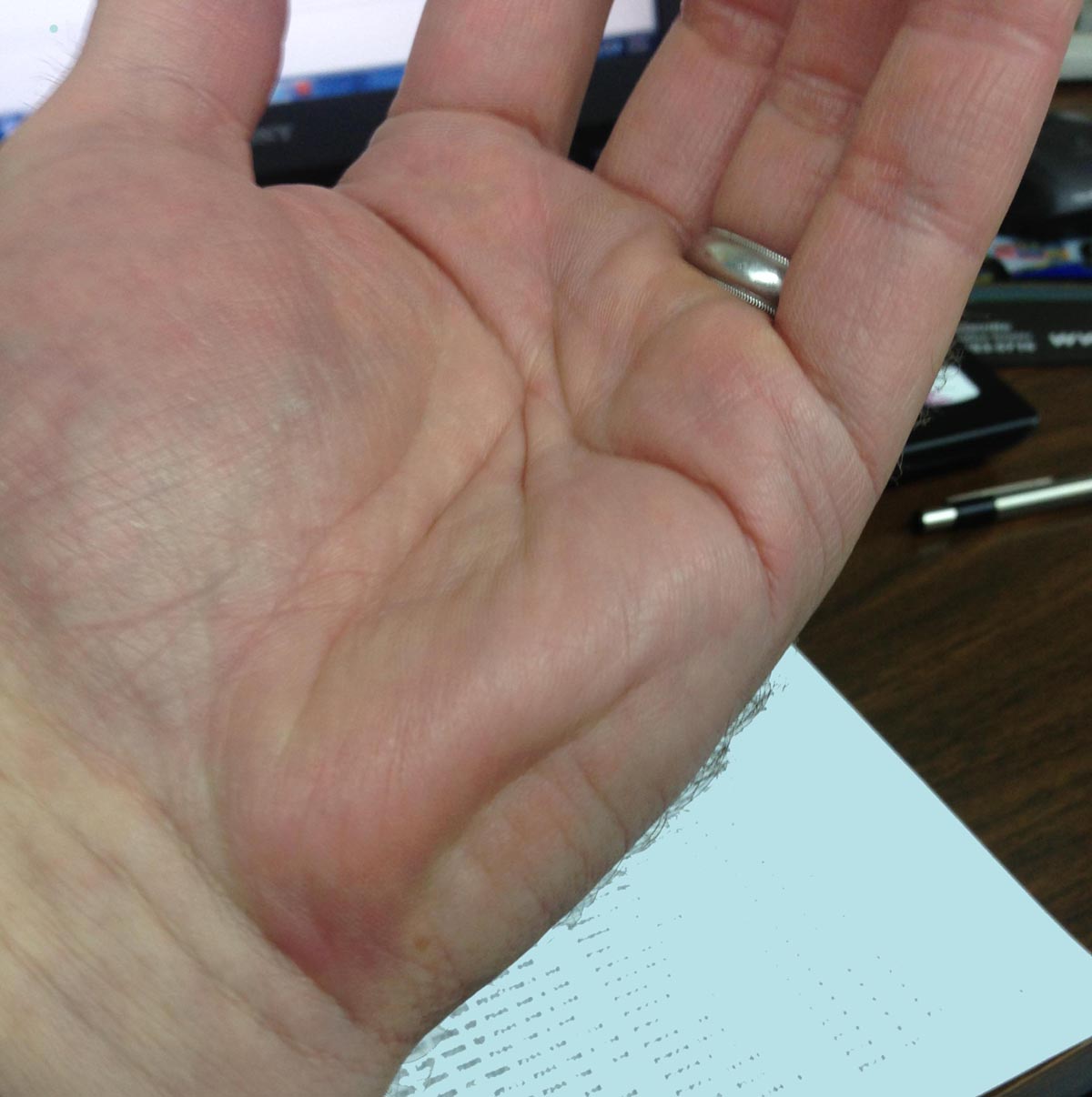
Muscle cramps are a painful and involuntary contraction of a muscle or a group of muscles. They are most commonly a result of overexertion or dehydration.
An insufficient quantity of fluids in the body causes the loss of electrolytes that are essential for normal muscle function. Electrolytes are the elements like potassium, magnesium, sodium and calcium.
Cramps can also be caused by inactivity, like sitting or lying down without moving a muscle for an extensive period of time. Cramps most often affect calves, but also thighs, feet or just about any other muscle.
It is often very hard to find out the cause of cramps. They can occur from the spontaneous firing of nerve groups that contract muscle fibers. Sometimes, if the cramps are frequent and localized, they may indicate nerve root disease.
The treatment of muscle cramps depends on their severity, but usually they will be treated with over-the-counter analgesics (painkillers). Along with the usual medicines for pain relief, quinine sulfate is also a drug of choice for this problem.
Heat cramps are a type of cramps that occurs during or after exercise or work in a hot environment. They are brief and painful and affect the muscles involved in the actions - legs, shoulders, calves and thighs.
Nocturnal leg cramps occur during sleep or rest and affect the calf. The causes of this type of cramps have not yet been well defined. The reasons may include overexertion of the muscle, bad posture, long periods of sitting, and dehydration. They can also be a side effect of conditions and diseases like diabetes, Parkinson’s disease, and endocrine disorders. Nocturnal leg cramps can be prevented by proper hydration and stretching, activities like bicycle riding or swimming and comfortable footwear.
In case of cramping, it may help to jiggle the leg a bit and elevate it. Stretching the muscle removes the cramp almost right away. The leg should be stretched at the knee with the foot flexed towards the body. A hot shower will help relax the muscle as well.
Hydration is essential in preventing muscle cramps, especially for people who exercise a lot and lose fluids through sweat. Sport drinks with electrolytes are highly recommended, as they help restore the balance of the system.
A cramp can also be undone with ice. Ice relieves the pain and provides some anti-inflammatory action.
The area can be massaged with ice for 10 minutes or until the skin turns bright red, which will indicate that the blood returned to heat the cramped muscle. This also goes for heat, which improves circulation and makes the muscle more flexible. After ice or heat is applied, the muscle should be massaged with the hands.





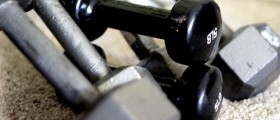

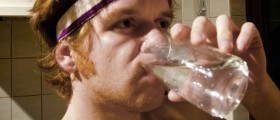


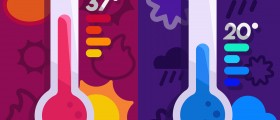
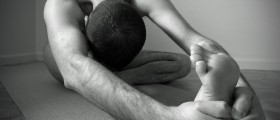

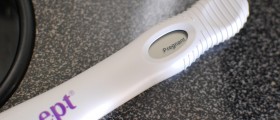
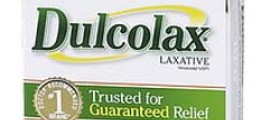
_f_280x120.jpg)
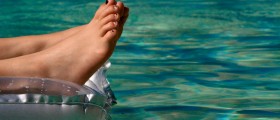
Your thoughts on this
Loading...